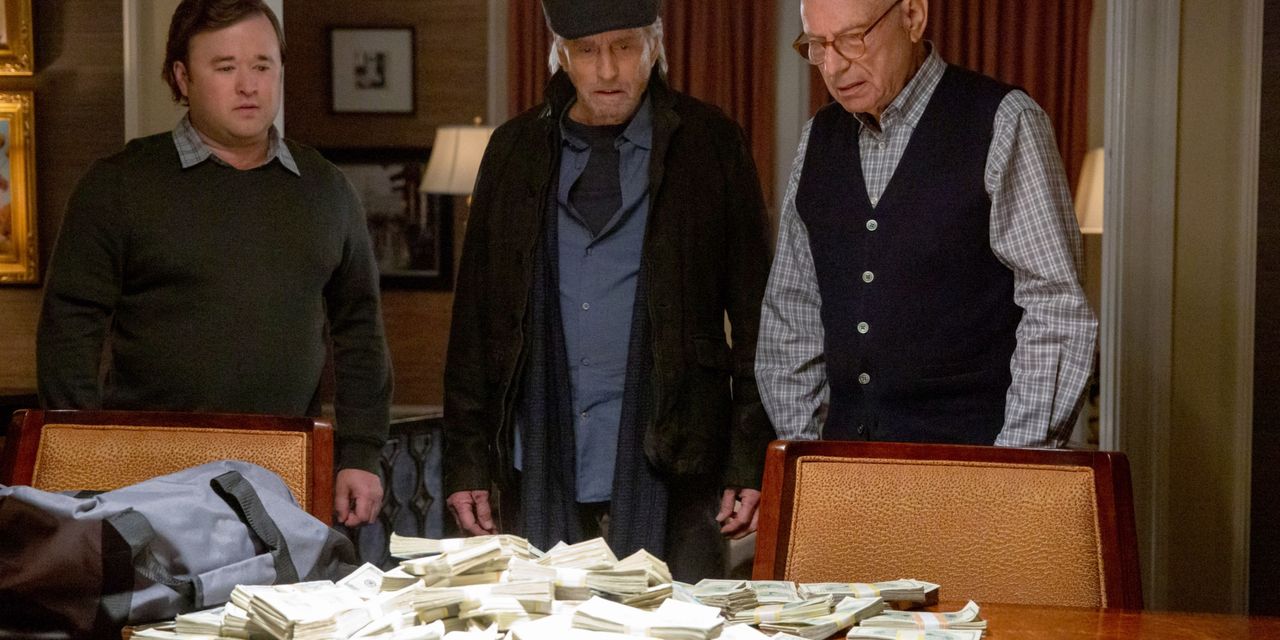Until recently, good news (a solid rebound from the COVID-19 pandemic) was bad news (higher interest rates). Now, bad news (an economic slowdown) is good news (accommodative policies). For investors, previously successful investment strategies carry risks.
Economic activity, based largely on government stimulus, low borrowing rates, central bank cash infusions and pent-up demand funded by lockdown savings, will stagnate. Inflation may abate (as price changes slow) but absolute costs will remain elevated. This combination reflects fundamental shifts that the markets may not have fully priced in.
Going forward, failure to invest in existing energy sources is likely to result in a long-lasting power-grid deficit. The energy transition and decarbonization will be slow and expensive due to the need to first electrify many industrial processes, reconfigure the grid, inefficient power storage and shortages of materials (lithium, cobalt, nickel, copper, rare earths). Climate-change effects on food supplies, transport links and insurance costs will increase.
On a geopolitical level, the return of great power rivalry will complicate matters. Trade restrictions and sanctions will impede cross-border commerce. Higher defense spending and, eventually, rebuilding Ukraine (perhaps as much as $1 trillion or 1% of global GDP) will absorb scarce resources.
Focus on sovereignty and minimizing unexpected disruptions will mean rearranging supply chains to avoid bottlenecks, such as China (the world’s factory) and its zero-Covid policy. Reshoring or near-shoring production will be slow and costly. The global supply of cheap labor and raw materials will not contain costs and underpin prosperity, as it has done for almost three decades.
Adverse demographics will also be a major factor. Declining work forces, the COVID-19 fueled Great Resignation, aging populations, lower birth rates, immigration resistance — will compound the difficulties.
Interest rates and the cost of capital will rise and liquidity will tighten as central banks normalize policy and governments repair public finances. De-globalization, concerns about confiscation of foreign investments, following the West’s actions against Russia, will impede global capital flows from savings-rich Asia, which has been providing cheap funding.
These self-reinforcing factors will work through multiple channels and feedback loops. Here’s what should concern investors now:
1. Asset prices: Equity valuations are elevated, especially considering prevailing market structures; large numbers of firms are earnings and cash-flow negative (about one-third of Russell 2000 index
RUT,
) and cross-border trade is declining (40% of S&P 500
SPX,
companies’ revenue originates outside the U.S.). Housing, the biggest asset class, is encountering higher mortgage rates and threats to strong employment markets, which has been sustaining it.
2. Financial crises: Debt levels are high and personal, business and government balance sheets are stretched. Declining valuations will test borrowers, who have been supported by overvalued assets. Heavily indebted private-equity plays may become the flashpoint of a new crisis.
Europe’s debt problems were covered up by the European Central Bank acting as buyer of last resort for almost-bankrupt members. France (government debt at 113% of GDP), Greece (193%), Italy (151%), Portugal (127%) and Spain (118%) have seen sharp rises in interest cost. Fissures between inflation-phobic creditor countries, namely Germany, and debtor nations are emerging. Tighter monetary policy will expose indebted eurozone-members’ lack of independent monetary policy, fiscal capacity, currency flexibility and ability to monetize away debt.
Rising rates, a strong U.S. dollar
DXY,
and high energy- and food costs threaten to unleash an emerging market debt crisis. Interest-rate increases were factors in the 1980s debt crisis in Latin America and the Asian crisis in 1997-1998. Sri Lanka’s recent economic collapse is a foretaste of what could come.
While better capitalized than in 2008, banks are exposed to rising defaults both directly and via lending to other lenders through the shadow banking system.
3. Policy limitations: Central banks are limited by inflation concerns and negative real (inflation-adjusted) rates, even after forecast rises. The 2008 Great Recession, the pandemic and Russia’s invasion of Ukraine have strained government debt capacity. Then, there is currency volatility, as Japan is discovering. Sharp moves feed domestic inflation, loss of access to foreign funding, or decreased export competitiveness.
4. Social tension and political paralysis: In advanced economics, unmet expectations and entitlements are feeding unrest. In emerging markets, high prices and the lack of bare necessities is driving more violent versions of the same disquiet. Increasing electoral polarization, political instability and absence of leadership makes it difficult to reverse a increasingly challenging position. The chances of international cooperation on global issues is also low.
The best outcome may be continuation of “muddle through,” with a prolonged period of low and volatile investment returns. The worst is the arrival of the long-delayed financial market reckoning and its crushing reset. It is worth remembering that the 2000-2001 tech bubble and the 2008 mortgage mess each took almost a year to fully arrive.
To prosper, investors now need a tightrope walker’s surefootedness and a gymnast’s suppleness. Perhaps with short-term rates heading for 3%, Wu-Tang Clan’s 1994 hit “CREAM (Cash Rules Everything Around Me)” provides useful guidance.
Satyajit Das is a former banker and author of A Banquet of Consequences – Reloaded ( 2021) and Fortunes Fools: Australia’s Choices (March 2022)
Also read: The typical S&P 500 CEO made 324 times more than the median-paid worker last year: report
